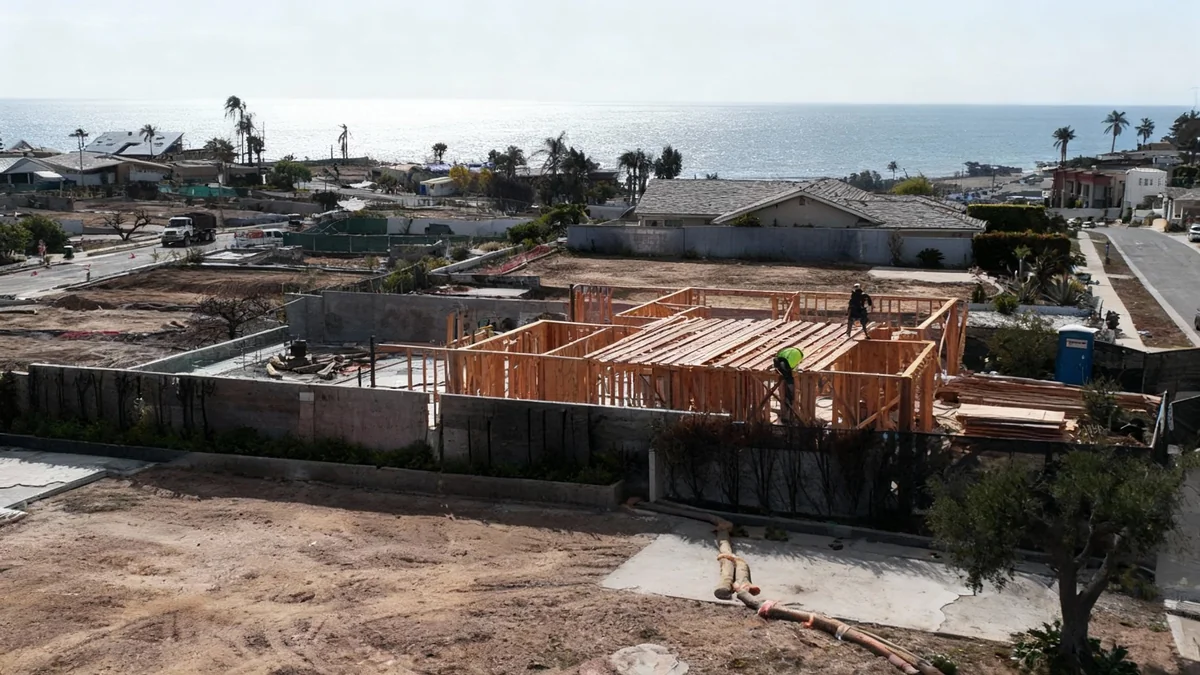A new class of real estate is quietly taking shape in the enclaves of the ultra-wealthy, particularly among Silicon Valley's tech entrepreneurs. These are not simply luxury houses with smart gadgets; they are fully integrated, artificially intelligent homes with price tags starting at $15 million and soaring past $100 million. Designed to function as responsive ecosystems, these properties learn their owners' habits and anticipate their needs, from managing household chores to curating personal wellness.
Architects at the forefront of this trend are creating modern legacies, building homes intended to last for generations. These residences blend cutting-edge technology with timeless design, representing a 21st-century evolution of the Gilded Age mansion, where the ultimate luxury is a home that thinks for you.
Key Takeaways
- Tech entrepreneurs are purchasing AI-integrated homes for prices ranging from $15 million to over $100 million.
- These homes feature AI ecosystems that learn user behavior to automate lighting, climate, security, and even grocery orders.
- Advanced features include robotic cleaning systems, facial recognition security, and automated wellness environments.
- Architects like Paul McClean design these properties with longevity in mind, aiming for them to be generational assets despite the fast-changing technology.
The New Definition of a Trophy Home
For a certain tier of tech billionaire, the traditional symbols of wealth like yachts or classic cars are being replaced by a more sophisticated asset: a home that operates as a personal assistant. These residences are designed from the ground up to incorporate artificial intelligence into their very structure.
Paul McClean of McClean Design, a firm specializing in these high-tech estates, notes that his clients are often young entrepreneurs interested in modern architecture packed with advanced features. "Our style attracts the type of young entrepreneur, or ‘tech bro’ that is interested in refined modern architecture, but with all the bells and whistles," McClean explained.
The goal is to create an environment that seamlessly adapts to its inhabitants. The AI doesn't just respond to commands; it learns patterns. If a homeowner typically relaxes in a certain room after work, the system will learn to adjust the lighting and temperature to their preferred settings automatically.
Beyond Smart Devices
Unlike a standard home retrofitted with smart speakers and thermostats, these AI residences have intelligence woven into their core infrastructure. This includes everything from the plumbing and electrical systems to security and landscaping, all managed by a central AI that coordinates their functions in real-time.
Inside the Intelligent Estate
The capabilities of these homes extend far beyond convenience. They are engineered to manage nearly every aspect of daily life. According to Chris Pozil, an Assistant Architect at McClean Design, the integration is comprehensive.
"If you are lounging, if you fall asleep, the AI software can pick that up, turn the TV off, turn off the lights in the room, set the temperature to your preferred sleeping temperature setting," Pozil said. This level of automation is powered by data analysis that creates ideal living conditions based on learned preferences.
A Home That Manages Itself
The daily functions of the household are largely handled by automated systems. This includes:
- Kitchen Management: An intelligent refrigerator monitors its contents and can automatically add items to a grocery list. "It can link up to your Whole Foods online order system," Pozil added. "So if you’re running low on milk, it can detect that, order some milk for you."
- Automated Cleaning: Robotic systems are tasked with vacuuming, mopping, wiping surfaces, and even making beds according to a set schedule or on-demand.
- Advanced Maintenance: The home's AI can detect potential problems before they become serious. "In terms of like your kitchen sink, if the AI software hears a dripping sound, it can tell you ‘you probably have a leak,’" Pozil explained.
Over $20 Million Investment: According to Pozil, projects incorporating this level of deep AI integration typically start in the "$20 million plus" territory, reflecting the immense complexity and custom engineering required.
Security and Wellness Reimagined
Personal security and well-being are central to the design of these AI-powered homes. The security systems go far beyond traditional alarms, employing sophisticated AI to monitor the property proactively.
"There’s a lot of really cool AI integration including security based which has facial recognition, license plate recognition, they can detect unusual behavior."
This technology allows the system to recognize residents and approved guests while flagging any unrecognized individuals or unusual activity on the premises. The home's environment can also be optimized for health, with features like million-dollar water filtration systems, automated air purification, and windows that tint based on the sun's position to regulate light and heat.
Some properties even include dedicated wellness spaces, such as hyperbaric chambers and meditation rooms, where the environment is precisely controlled by the AI to promote relaxation and health.
Building for the Future
A primary concern with a technology-centric home is obsolescence. A system that is state-of-the-art today could be dated in just a few years. Architects are acutely aware of this challenge and design the homes with future upgrades in mind.
"We’re constantly working with these companies to make sure that the fully integrated smart home systems are state-of-the-art and upgradable, since we know that we’re only a few years away from being outdated," McClean stated. The focus is on building a flexible infrastructure that can accommodate new technologies as they emerge.
The architectural vision extends beyond the technology itself. McClean emphasizes that these homes are built as lasting legacies, much like the grand estates of previous eras. "Whether passing hands or generational, our modern homes are built with longevity in mind," he said. "The goal of each one is to have no end in sight."
However, the deep integration of AI is not for everyone. Some potential buyers express concern about the invasive nature of a home that constantly monitors its occupants. "Some people don’t necessarily want all of it," Pozil admitted. "It can be a little bit invasive." For those who embrace it, these intelligent homes represent the ultimate fusion of architecture, technology, and personalized living.





